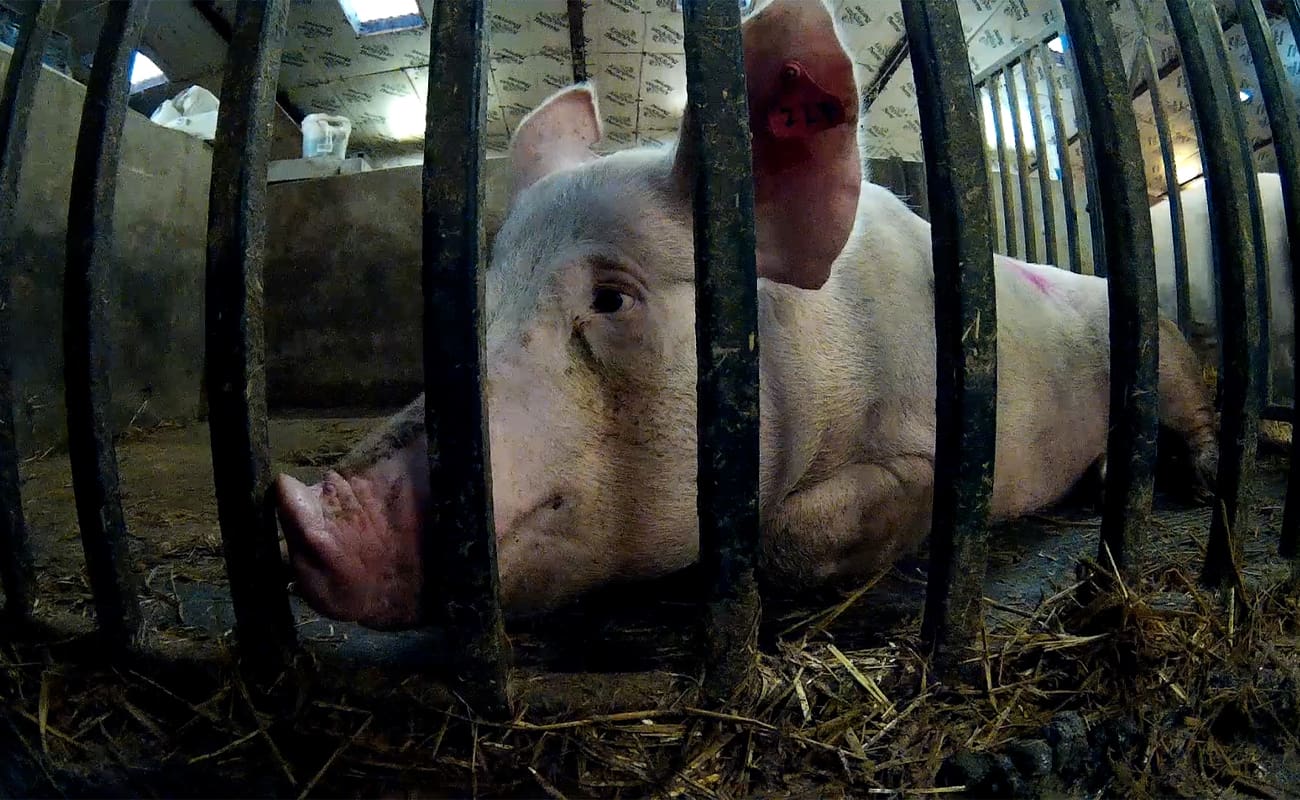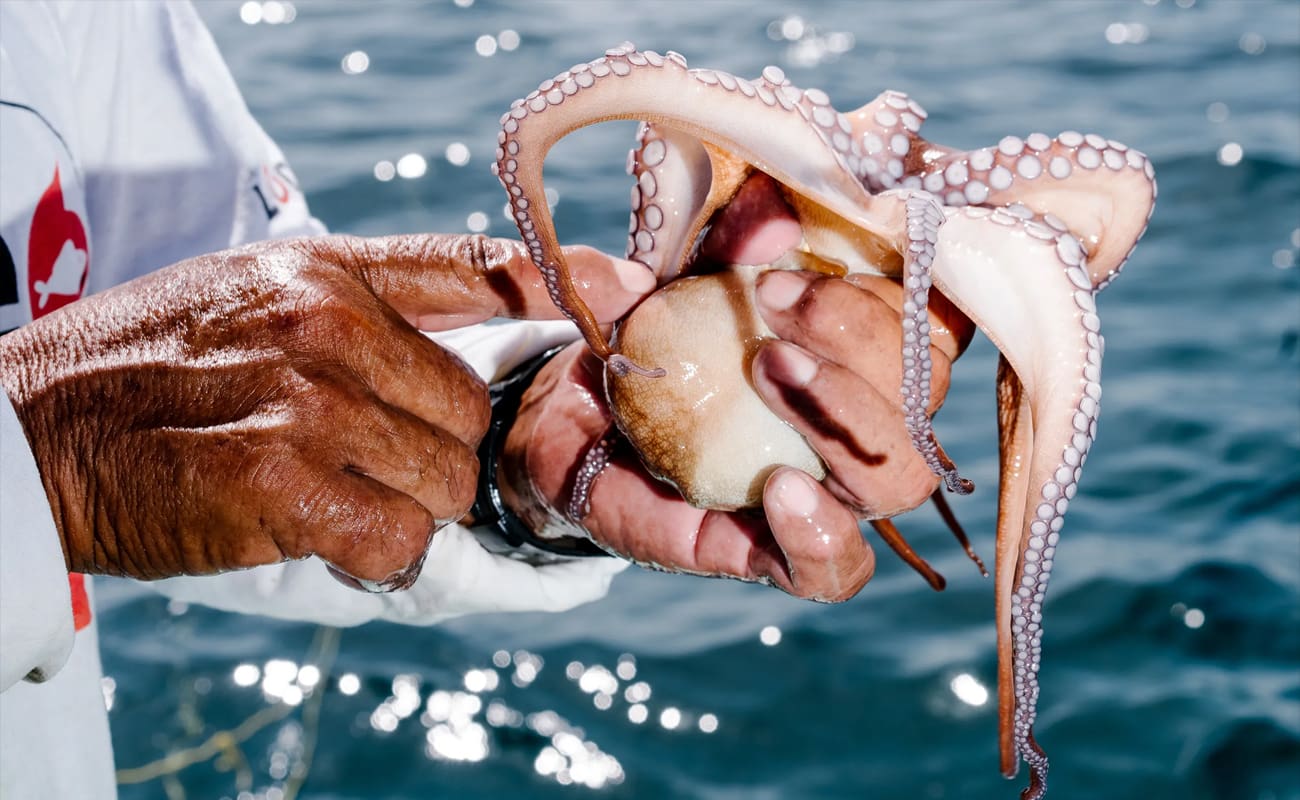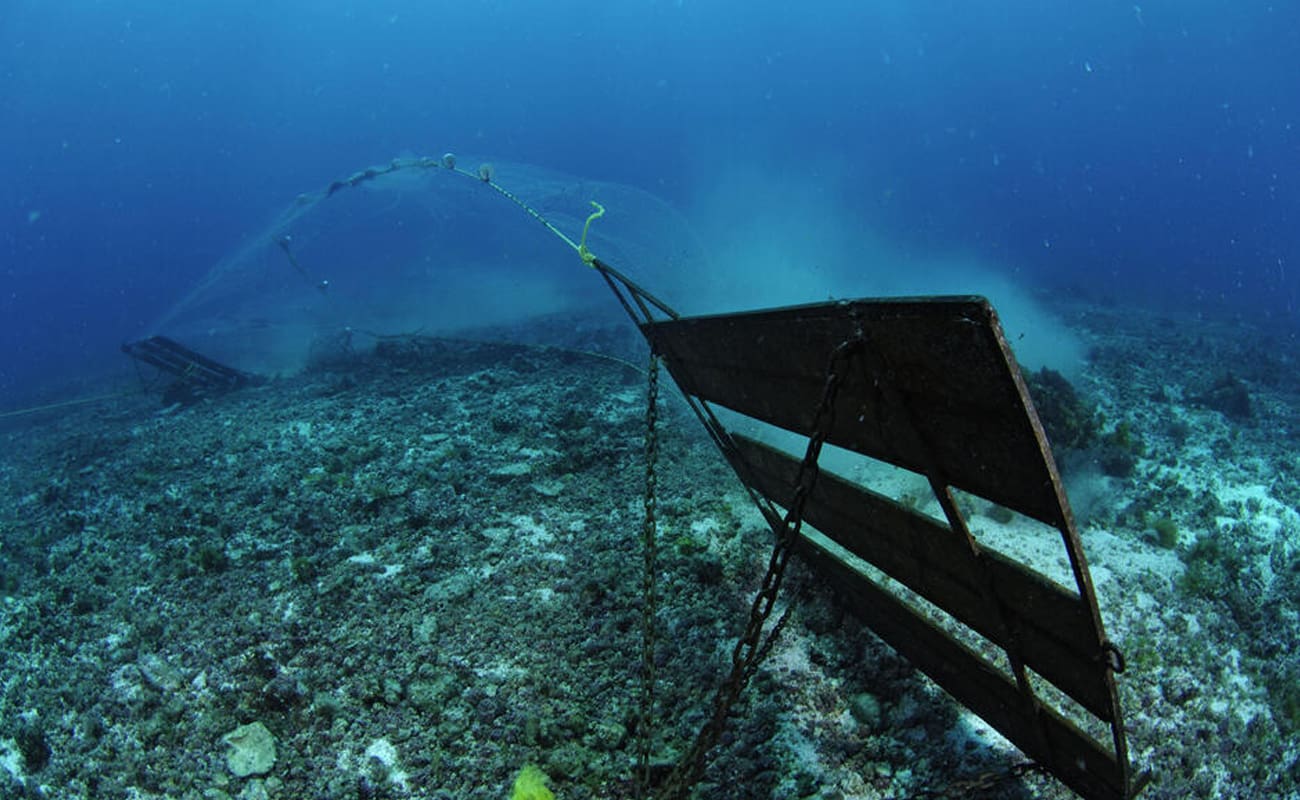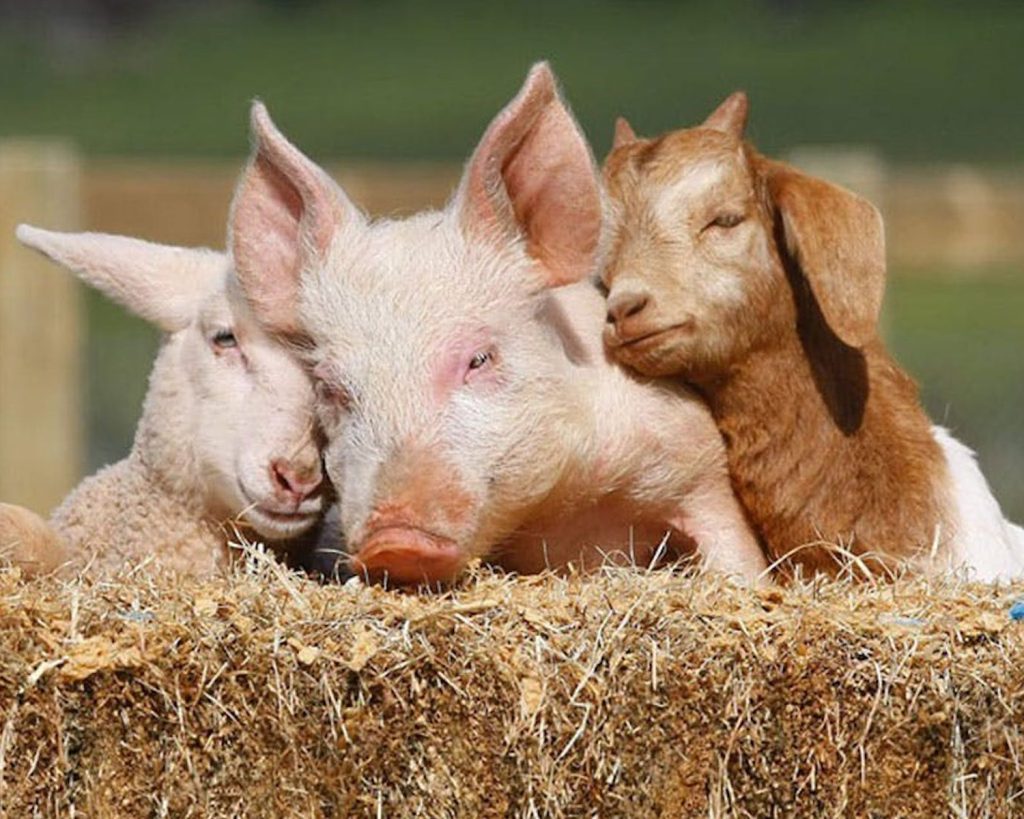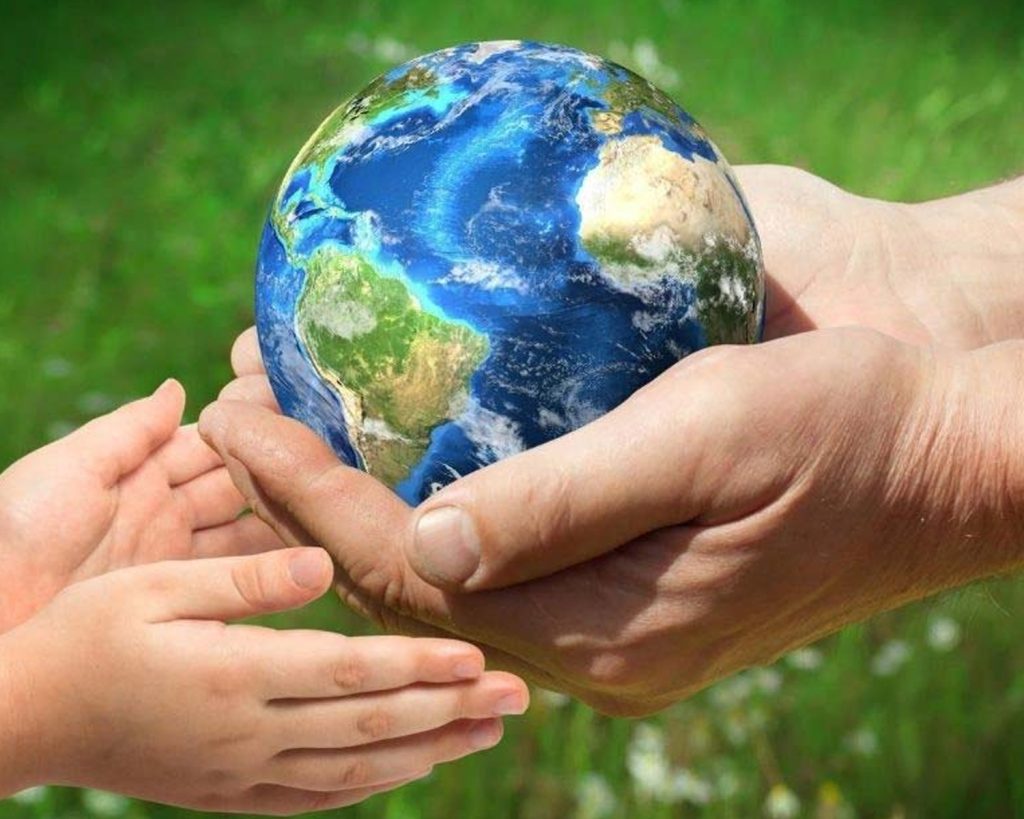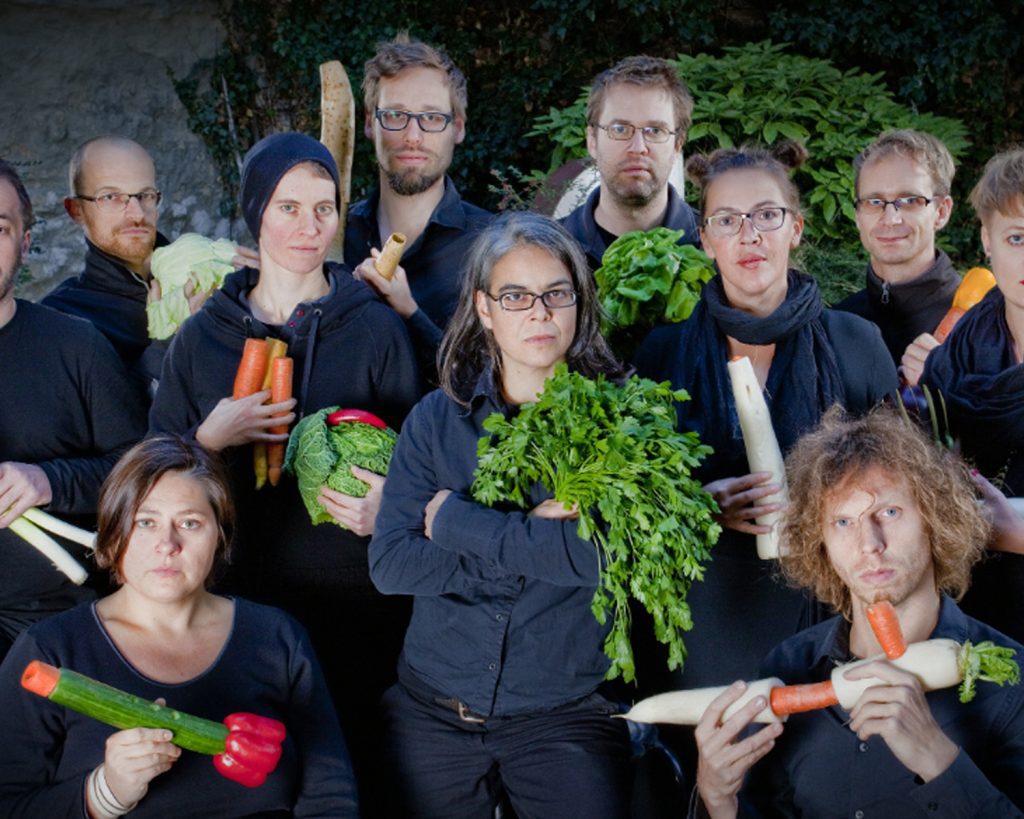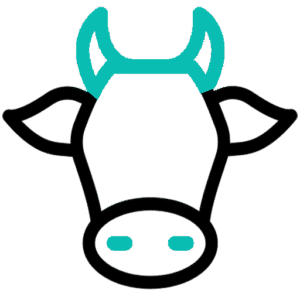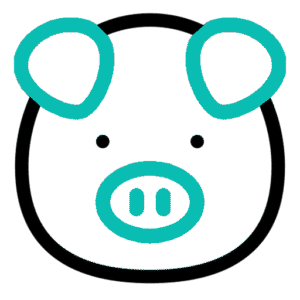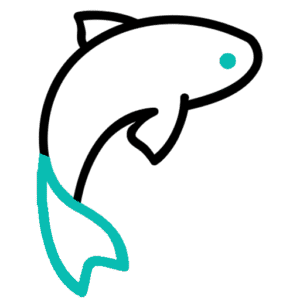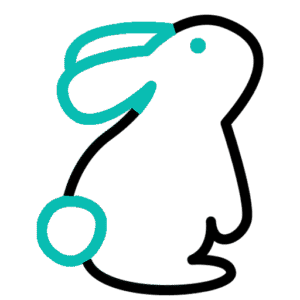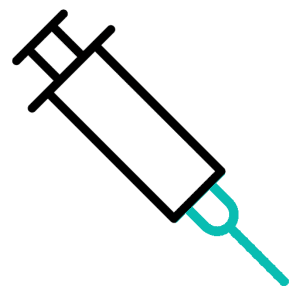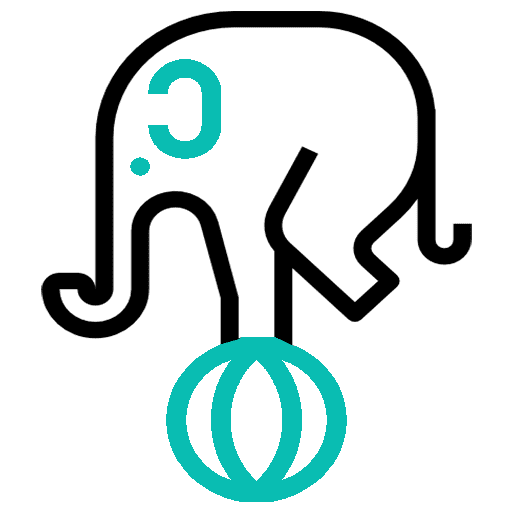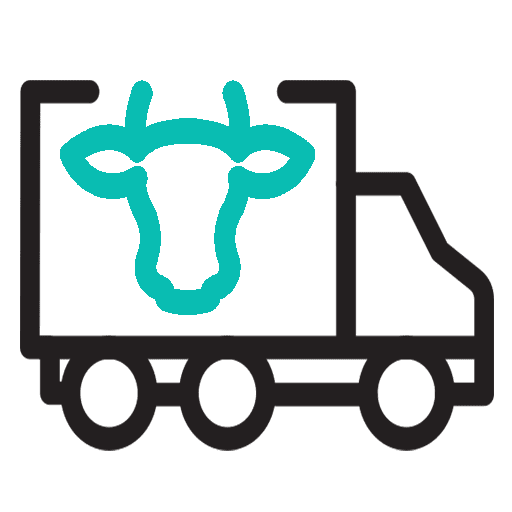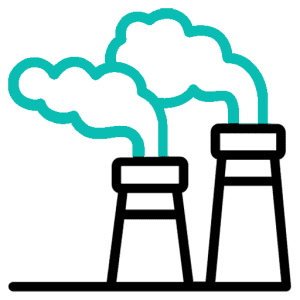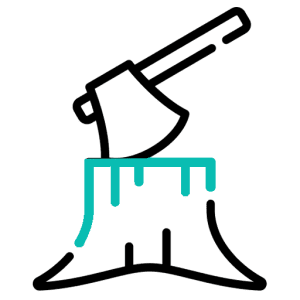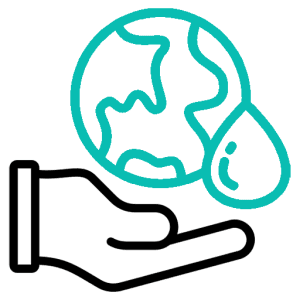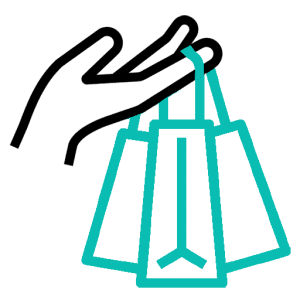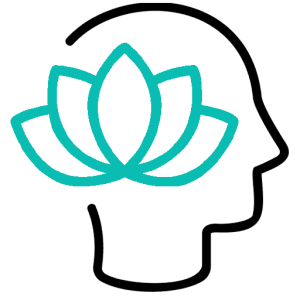Factory Farming reveals the hidden realities of modern animal agriculture—a system built for maximum profit at the expense of animal welfare, environmental health, and ethical responsibility. In this section, we examine how animals like cows, pigs, chickens, fish, and many others are raised in tightly confined, industrialized conditions designed for efficiency, not compassion. From birth to slaughter, these sentient beings are treated as units of production rather than individuals with the capacity to suffer, form bonds, or engage in natural behaviors.
Each subcategory explores the specific ways factory farming impacts different species. We uncover the cruelty behind dairy and veal production, the psychological torment endured by pigs, the brutal conditions of poultry farming, the overlooked suffering of aquatic animals, and the commodification of goats, rabbits, and other farmed animals. Whether through genetic manipulation, overcrowding, mutilations without anesthesia, or rapid growth rates that lead to painful deformities, factory farming prioritizes output over well-being.
By exposing these practices, this section challenges the normalized view of industrial agriculture as necessary or natural. It invites readers to confront the cost of cheap meat, eggs, and dairy—not just in terms of animal suffering, but in relation to environmental damage, public health risks, and moral inconsistency. Factory farming is not just a farming method; it’s a global system that demands urgent scrutiny, reform, and ultimately, transformation toward more ethical and sustainable food systems.
The horse racing industry is animal suffering for human entertainment. Horse racing is often romanticized as a thrilling sport and a display of human-animal partnership. However, beneath its glamorous veneer lies a reality of cruelty and exploitation. Horses, sentient beings capable of experiencing pain and emotion, are subjected to practices that prioritize profit over their well-being. Here are some of the key reasons why horse racing is inherently cruel: Fatal Risks in Horse Racing Racing exposes horses to significant risks of injury, often leading to severe and sometimes catastrophic outcomes, including trauma such as broken necks, shattered legs, or other life-threatening injuries. When these injuries occur, emergency euthanasia is often the only option, as the nature of equine anatomy makes recovery from such injuries extremely challenging, if not impossible. The odds are heavily stacked against horses in the racing industry, where their welfare often takes a backseat to profits and …


